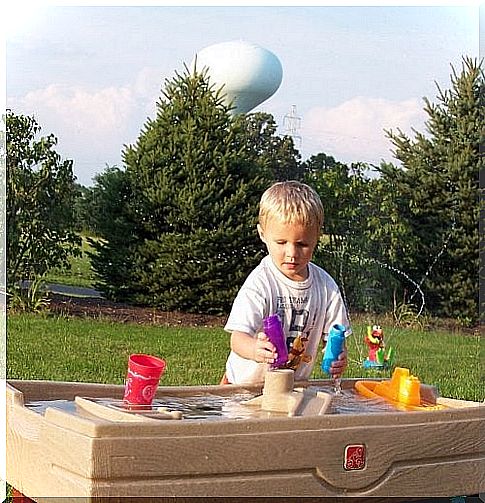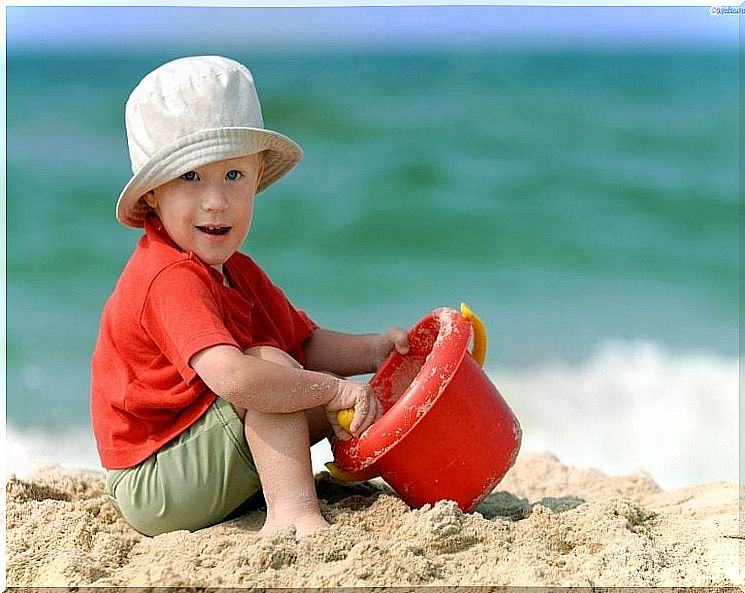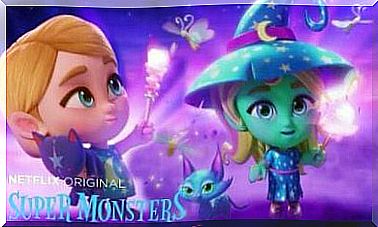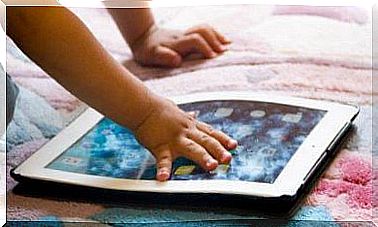Creative Play: Advantages For Children

By encouraging children to play, we help improve their development and learning skills.
On the other hand, traditional structures are where children Can’t take any initiative in the game, not the best way.
As a result, children cannot reach their maximum potential. Creative play is better because this way you can be active yourself and get to know your environment through direct interaction.
If children play throughout their childhood, they will be better prepared for life and learn basic life skills.
But of course these educational games don’t take place on a screen or are played with rules and instructions.
Creative play is the best way to prepare children for success. It increases their self-esteem and emotional well-being.
Because parents are impatient and concerned that children should learn academic content at an early age, there is little time left for the essential free play time.
Parents need to learn to overcome such obstacles and fears. They should allow their children to develop naturally and rely on their abilities and possibilities.

From birth, children want to explore and understand everything around them. They also want to be successful. That’s why they love to be the first in everything.
You constantly challenge yourself. They want to achieve something and learn – even if they first have to make mistakes. This urge to learn arises from their inner urge, which we call “play urge”.
Research supports and proves the positive effects of creative play.
Studies see a connection between creative games and improved linguistic, cognitive and physical development.
Parents should consider the importance of creative play in the proper development of children. In return, they should refrain from passive games and computer games.
Creative Gaming: Many Key Benefits
The most effective form of play – in terms of growth and learning – is a self-initiated, self-directed game; so a creative game.
In this type of game, the child himself can be the protagonist and decide what to do.
It can choose the rules of the game by itself. You can start the game with the child together for some support and guidance.
But then you should let the child develop their own rules.
For example, a two-year-old can build a tower with building blocks, but needs some guidance and motivation from an adult to be interested and enjoy creating and learning.
Once this is achieved, you should gradually withdraw from the game so that the little one can enjoy developing their own game, even under the watchful eyes of their parents.

If instead the game is over-directed by others (including adults), the child will be too reliant on criticism and evaluation.
This can lead to a great lack of self-confidence and a loss of interest in independence.
It should be avoided that children are constantly dependent on the influence of adults or that their sense of achievement depends on the reactions and expectations of their parents.
If so, they could lose touch with what really interests them.
As you saw in this article, there are many benefits to playing creatively. This includes:
- more creativity,
- a improved imagination,
- Development of areas of interest,
- improved language skills,
- Communication,
- a better memory,
- more concentration,
- motor skills,
- active game,
- cognitive development,
- social and emotional development
- and much more!









